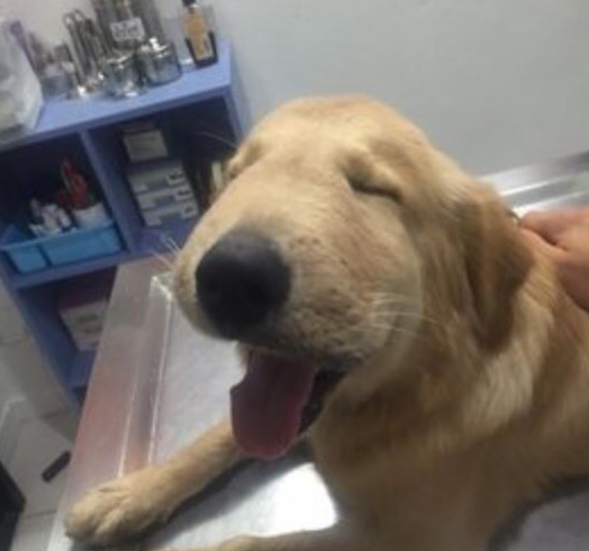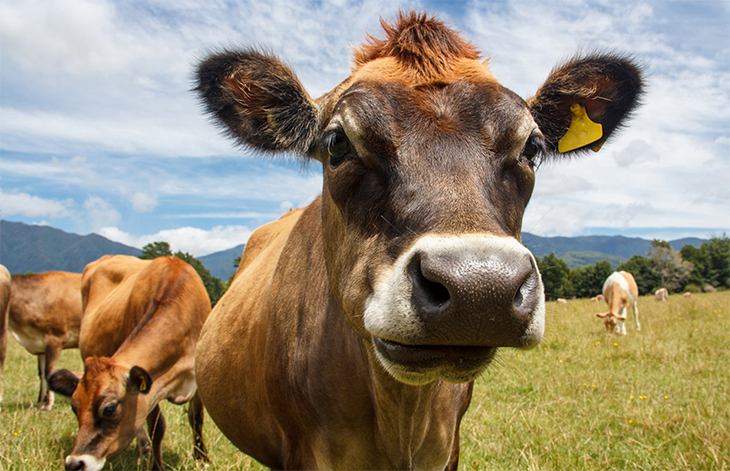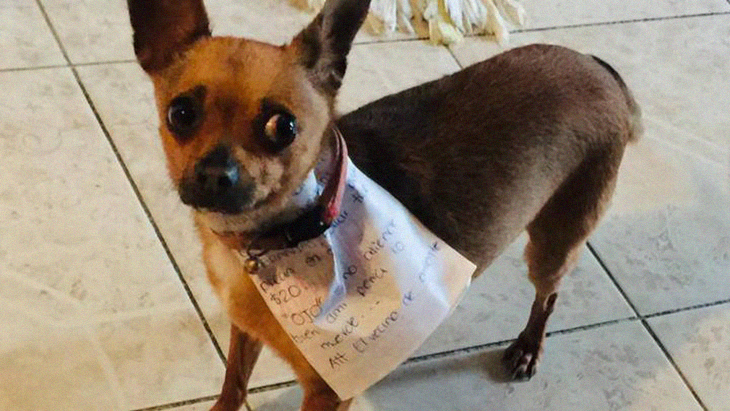By: Lily Feinn/The Dodo Long days and warm weather mean more time spent frolicking in the great outdoors for our pups, and they love to soak up the sun and chase anything buzzing around — whether it’s a butterfly, ladybug or (eep!) a bee.
So what should you do if your dog gets stung by a bee? If your pup sticks his snout in the wrong flower, try to remain calm. While the thought of anything harming your pal will likely make your blood boil, bee stings, though uncomfortable, are rarely fatal with the proper precautions.
To protect your pet, follow these simple steps, and you’ll be back to running in the park in no time:
1. Identify if your pup has been stung
https://www.instagram.com/p/BHysub8ga7J/
Social media is full of pictures of poor doggos with swollen snouts, but the signs of a bee sting are not always so clear. If you think your pup might have been pricked, there are certain clues you can look for, suggests Dr. Sonja Olson, a senior clinician in emergency medicine for BluePearl Veterinary Partners. “You might see your dog lick or chew at their paw and be very tender about it,” Dr. Olson tells The Dodo. A pained yelp or limp are clear indicators that your pet may be in trouble.
2. Find the pesky spot
Today we are throwing it back to Penny's last #beekeeping experience. Her daddy may be a beekeeper, but Penny will stick…
Posted by Penny's Loafer on Thursday, March 17, 2016
In addition to sticking his muzzle in the wrong spot, your pup may have unknowingly stepped, sat or lay down on top of a bee hiding in the grass. To catch the bee sting early, inspect the places where your pup is most likely to be stung, such as the paws, belly, butt and nose.
Olson warns that your pup may not be too keen on letting you inspect the painful spot, but owners should try anyway and “look for a raised or reddish area,” she says.
3. Remove the stinger (if there is one)
Watch Spike the Chihuahua earn a bravery medal this morning. Then read why bee sting can be serious in this week's blog at www.walkervillevet.com.au/blog/help-dog-bee-sting/
Posted by Walkerville Vet on Wednesday, March 15, 2017
If you find a stinger still lodged in your dog’s skin, try to remove it as soon as possible as the stinger can continue to inject venom for several minutes after it has detached from the bee. Scrape the skin with the edge of a credit card or piece of cardboard to lift it out. You can also gently remove it with tweezers, but try not to squeeze the stinger too tightly, as that may empty out whatever is left in the venom sac.
4. Treat the area to ease your pup’s discomfort
Yeah, poor Hooli, we think it's a bee sting. Dog bowls, bird baths et al are lined with bees…which all in all is a good thing but for this.
Posted by Mike Sullivan on Thursday, May 18, 2017
We all know how unpleasant a bee sting can be, and your pup is likely feeling that same fiery sensation after he went rogue in that flower bed and got stung. To minimize swelling and pain, Olson suggests applying a cold compress to the bothersome area. An antihistamine can also be applied topically to minimize your pup’s reaction to the poison, she says, so it’s a good idea to have a Benadryl stick handy when you hit the park in the summer months!
5. Watch your pet for any changes
If your pup has never been stung before, you can’t be sure how he will react to a bee sting. Keep an eye on your pup to see if the problem worsens with significant swelling, hives, increased pain or signs of anaphylactic shock, like having trouble breathing. Call your primary or emergency veterinarian if you notice any of these symptoms. The vet may be able to phone in some medicine to give your pup orally, or advise you to head to the clinic directly, Olson says. “Once at the veterinarian, if the pet has symptoms consistent with a worsening allergic reaction, injectable therapy such as antihistamines, steroids and/or epinephrine [the same form of adrenaline found in an EpiPen] may be administered. Additionally, topical treatment of the sting site is sometimes warranted,” Olson says. Multiple stings, especially around or inside the mouth and throat, can be especially dangerous. When in doubt, just give your vet a call.
6. Bee prepared
Olson notes that some dogs, like people, are prone to allergic reactions to stings, so if your pup has experienced a serious reaction in the past, the next time is likely to be similarly severe. If your pet is sensitive to stings, ask your primary veterinarian to recommend medications and other techniques to prepare for the future.
In the summertime, bees and wasps might be unavoidable, but you can minimize your dog’s chances of running into one by steering him away from certain spots where bees are more commonly found. “It’s hard to avoid grass, but you can avoid flower beds and places where the fruit has fallen to the ground,” Olson advises.




